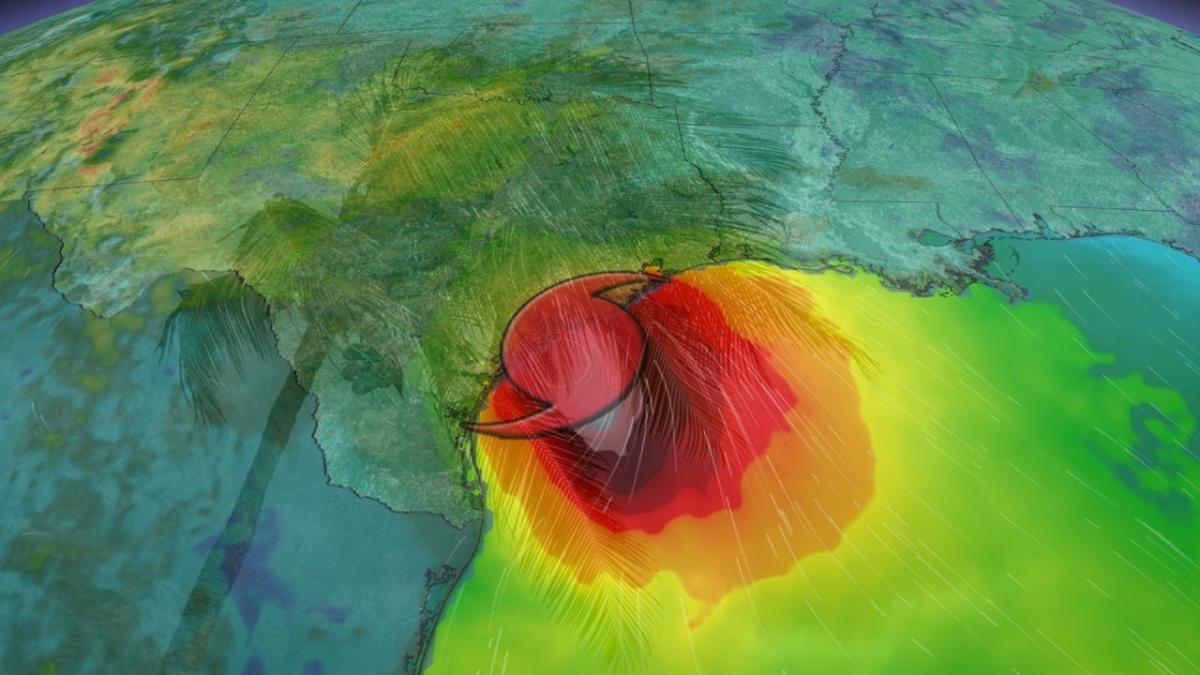Lessons Learned from Beryl’s Landfall: Beryl Landfall Texas
Beryl landfall texas – Hurricane Beryl’s landfall in Texas provided valuable lessons for improving disaster preparedness and response efforts. The storm highlighted both the strengths and weaknesses of current plans and practices, offering insights into areas that need improvement.
Strengths of Disaster Preparedness and Response
One of the key strengths of the response to Hurricane Beryl was the early activation of emergency management systems. Local, state, and federal agencies worked together effectively to coordinate evacuation efforts and provide timely warnings to residents in the affected areas. The use of social media and mobile technology also played a significant role in disseminating information and keeping the public informed.
Another strength was the deployment of resources to support recovery efforts. Emergency responders, including law enforcement, fire fighters, and medical personnel, were quickly mobilized to assist with search and rescue operations, damage assessment, and debris removal. The provision of food, water, and shelter to displaced residents was also handled efficiently.
Weaknesses of Disaster Preparedness and Response
Despite the strengths of the response to Hurricane Beryl, there were also some weaknesses that need to be addressed. One area for improvement is the accuracy and timeliness of evacuation orders. In some cases, residents were not given enough time to evacuate before the storm made landfall, leading to increased risk and potential loss of life.
Another weakness was the lack of coordination between different agencies and organizations involved in disaster response. This led to some confusion and inefficiencies in the delivery of aid and services to affected communities.
Recommendations for Improving Future Hurricane Preparedness and Response Plans
Based on the lessons learned from Hurricane Beryl, several recommendations can be made to improve future hurricane preparedness and response plans:
- Improve the accuracy and timeliness of evacuation orders by using real-time data and predictive modeling to better forecast the path and intensity of hurricanes.
- Increase coordination between different agencies and organizations involved in disaster response by establishing clear lines of communication and developing standardized protocols for collaboration.
- Invest in technology and data to enhance early warning systems and evacuation procedures. This includes the use of mobile apps, social media, and other tools to disseminate information and provide real-time updates to residents.
- Conduct regular training and exercises to improve the preparedness of emergency responders and the public.
- Develop community-based disaster preparedness plans that engage residents in the planning and response process.
Role of Technology and Data in Enhancing Early Warning Systems and Evacuation Procedures, Beryl landfall texas
Technology and data play a critical role in enhancing early warning systems and evacuation procedures. By using real-time data and predictive modeling, meteorologists can better forecast the path and intensity of hurricanes, providing valuable information to emergency managers and residents. Mobile apps and social media can be used to disseminate warnings and evacuation orders quickly and efficiently, reaching a wider audience than traditional methods such as television and radio broadcasts.
Data can also be used to identify vulnerable populations and areas at high risk of flooding or other hazards. This information can be used to target evacuation efforts and ensure that those most in need receive assistance.
Beryl’s landfall in Texas brought torrential rains and strong winds, leaving a trail of devastation in its wake. The hurricane’s impact was felt far and wide, including in Houston, where residents faced severe flooding and power outages. As the storm moved inland, it weakened, but its remnants continued to cause damage and disruption.
Read more about the impact of Hurricane Beryl on Houston, Texas , and the measures taken to mitigate its effects.
Beryl’s landfall in Texas brought torrential rains and strong winds to the region. The storm’s impact on Texas weather has been significant, with many areas experiencing flooding and power outages. To stay informed about the latest weather conditions in Texas, visit texas weather.
As Beryl continues to move through the state, it is important to monitor weather updates and take necessary precautions.
